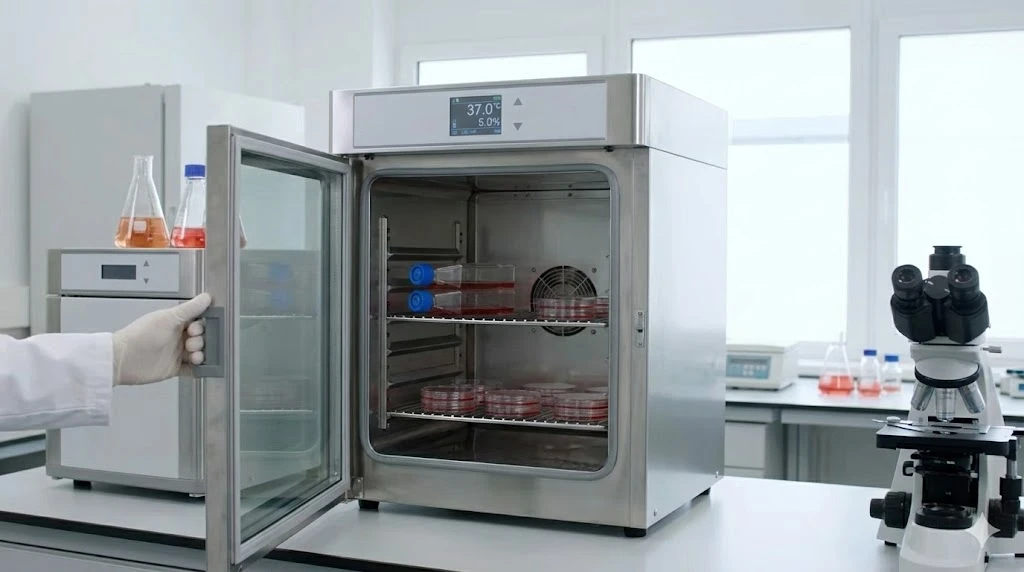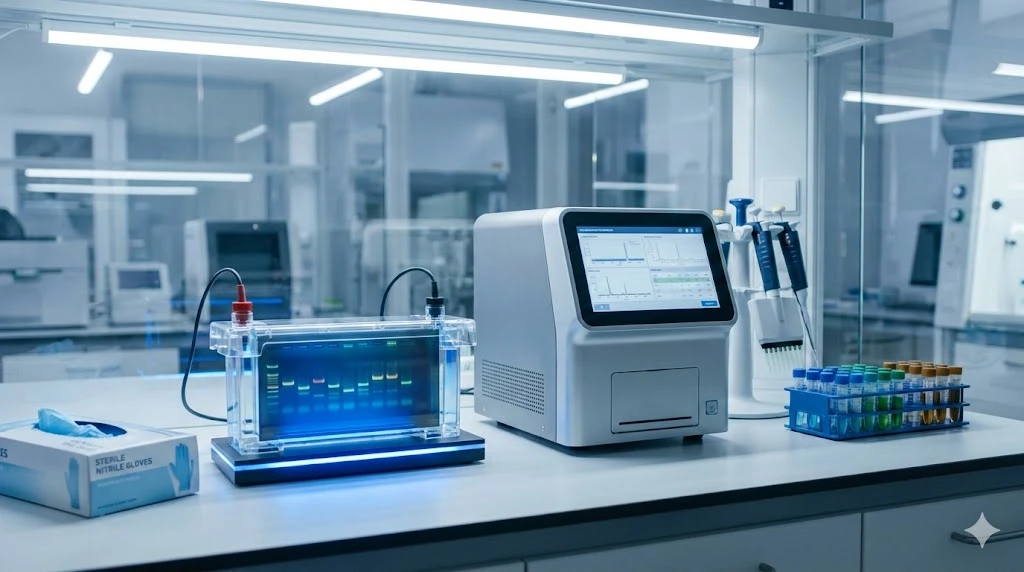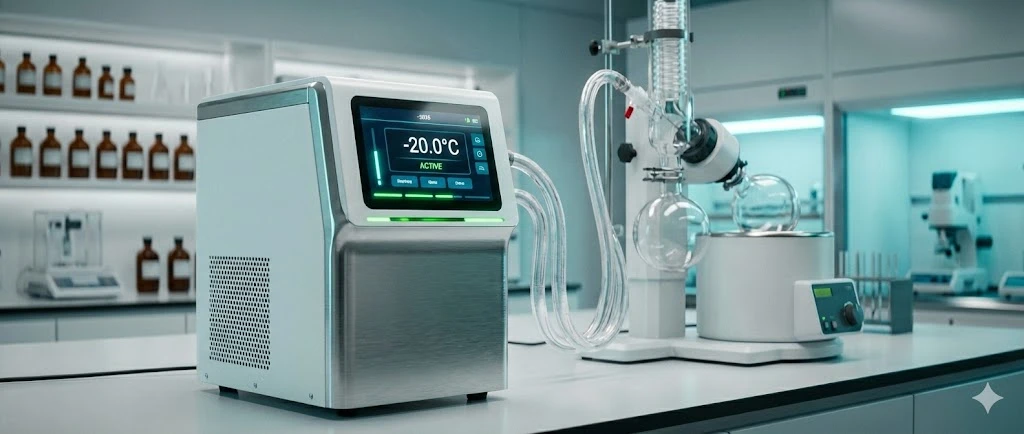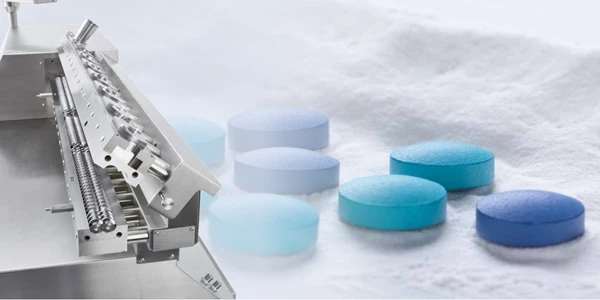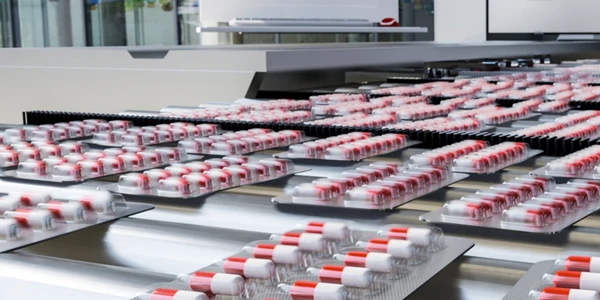The Best Lab Balances of 2026: Top Picks for Research, Clinical & Industry Labs
Precise measurement serves as the foundation of reproducible science, making the selection of appropriate weighing instrumentation critical for laboratory professionals. The best lab balances of 2026 distinguish themselves not merely through gravimetric accuracy, but through integration with digital workflows, robust compliance features (such as 21 CFR Part 11), and durability in challenging environments. As laboratories increasingly transition toward automated data integrity and higher throughput, manufacturers have responded with modular designs and advanced sensors capable of mitigating environmental interference. This article analyzes five leading models, including recent releases, to assist facility managers and principal investigators in procuring equipment that balances budget with strict metrological performance. Best Overall Workhorse: Mettler Toledo MR Series — Balances robust construction with advanced internal adjustment for daily throughput. Best On A Budget: Ohaus Pioneer PX Series — Delivers essential analytical performance and connectivity at an accessible price point. Best For Static Control: A&D Apollo GX-AE Series — Features a built-in fanless ionizer to neutralize static charge on difficult samples instantly. Most User-Friendly: Sartorius Quintix Pro — Offers an intuitive touchscreen interface and automatic leveling for streamlined operation. Best High-End Option: Sartorius Cubis II — Provides unmatched modularity and pharmaceutical-grade compliance for regulated environments. Price Range: $3,800 – $9,500 USD Best For: Overall Workhorse / High Throughput Category: Versatile Performance The Mettler Toledo MR Series represents a significant consolidation and upgrade of the manufacturer's "Advanced" portfolio, released to replace legacy models with modern connectivity and improved sensor technology. Designed for the rigors of a busy industrial or academic laboratory, the MR Series focuses on durability without sacrificing the precision required for analytical chemistry. Its standout feature is the integration of FACT (Fully Automatic Calibration Technology), which automatically adjusts the balance based on temperature changes, ensuring metrological accuracy without user intervention. Readability: 0.01 mg to 1 g (Analytical and Precision models available) Calibration: Internal (FACT - temperature activated) Display: 4.5-inch color TFT touchscreen Connectivity: USB, RS232, Ethernet (LAN) The MR Series excels in environments where speed and resilience are paramount. The construction features a chemical-resistant housing and a robust weighing cell designed to withstand accidental overload, making it suitable for multi-user labs where equipment handling varies. Operational strengths include the "SmartPan" weighing pan (on precision models), which improves stabilization time by minimizing the effects of air turbulence. Scientifically, this allows for faster result acquisition in fume hoods or drafty operational zones. Typical applications include routine formulation, density determination, and general quality control workflows where data must be transferred directly to a LIMS or PC via the integrated USB or Ethernet connections. Price Range: $1,000 – $3,800 USD Best For: Budget-Conscious Labs / Academia Category: Budget The Ohaus Pioneer PX Series remains a dominant force in the entry-level analytical market, offering a pragmatic balance between cost and functional specifications. While it lacks the advanced software ecosystems of high-end competitors, the PX Series provides reliable gravimetric data for laboratories that do not require complex compliance modules. It is engineered with a cast metal lower housing, ensuring stability and long-term durability often missing in similarly priced plastic-heavy competitors. Readability: 0.1 mg / 1 mg (Analytical and Precision) Calibration: InCal™ (Internal Calibration) on select models Display: Dual-line backlit LCD Connectivity: RS232 and USB Device ports Performance in the PX Series centers on "essential weighing." The dual-line display allows users to view mass data alongside menu prompts, reducing operational errors during configuration. A subtle but critical feature is the static removal bar located at the top of the draft shield; laboratory professionals can touch this bar to discharge accumulated static electricity before handling samples, a common source of drift in analytical weighing. This model is ideally suited for academic teaching laboratories, wastewater treatment facilities, and industrial QA/QC labs where the primary requirement is reliable mass measurement without the need for extensive metadata or audit trails. Price Range: $3,500 – $6,000 USD Best For: Static Control / Challenging Samples Category: Environmental Resilience Static electricity is the invisible enemy of analytical precision, often causing drifting readings and difficulty handling powdered samples. The A&D Apollo GX-AE Series addresses this directly with a built-in fanless ionizer. Unlike external ionizers that require separate power and desk space, the GX-AE integrates this technology directly into the draft shield mechanism. Released as part of the Apollo line, it also features Impact Shock Detection (ISD), which visualizes the magnitude of impact loads on the sensor, helping lab managers identify improper handling before the sensor fails. Readability: 0.0001 g (0.1 mg) Calibration: Internal with Automatic Self-Calibration Static Control: Built-in fanless ionizer (eliminates charge in <1 second) Stabilization Time: Approx. 2 seconds (Fast mode) The Apollo GX-AE is a problem-solver for laboratories handling low-humidity environments or charged particulate matter. The fanless ionizer utilizes DC corona discharge to neutralize samples instantly, ensuring the displayed mass reflects the actual sample rather than electrostatic forces. Furthermore, the Electronically Controlled Load (ECL) technology allows the balance to perform a self-diagnostic repeatability test without an external weight, calculating standard deviation automatically. This makes the unit highly relevant for pharmaceutical compounding and materials science labs where powders (such as excipients or polymers) are prone to static cling and where verify-at-point-of-use protocols are strictly enforced. Price Range: $4,500 – $7,500 USD Best For: User Experience / Standard Lab Operations Category: Speed / User-Centric (Recent Release) The Sartorius Quintix Pro, a recent addition to the Sartorius portfolio (released 2024), bridges the gap between standard laboratory weighing and premium compliance interfaces. It is designed to "redefine the standard" by incorporating features previously reserved for the high-end Cubis line, such as a high-resolution touchscreen and automatic leveling. The interface is specifically engineered to mimic smartphone navigation, reducing the training burden on laboratory staff. Readability: Ranges from Semi-Micro (0.01 mg) to Precision Calibration: isoCAL (Internal, fully automatic temperature/time adjustment) Display: 7-inch high-resolution graphic touch display Leveling: Automatic motorized leveling The Quintix Pro shines in shared laboratory spaces where ease of use drives efficiency. The automatic motorized leveling system ensures the device is always geometrically aligned with gravity, removing a significant variable from uncertainty budgets. Its "isoCAL" function logs all calibration adjustments, providing a basic audit trail suitable for GLP (Good Laboratory Practice) documentation. Scientifically, this model is excellent for biological research and chemical analysis where users need to run built-in applications—such as density, percentage weighing, or mixing—without navigating cryptic button combinations. The cleanability of the glass and smooth surfaces also supports hygiene standards in microbiology labs. Price Range: $10,000 – $25,000+ USD (Highly Variable) Best For: Pharma / Regulated Environments Category: High-End Option The Sartorius Cubis II remains the apex of laboratory weighing technology in 2026. It is not merely a balance but a modular platform allowing users to configure hardware (draft shields, weigh cells, displays) and software (QApps) to exact specifications. Its primary value proposition is total data integrity. The system is designed to fully support 21 CFR Part 11 and EU Annex 11 compliance, offering electronic signatures, complete audit trails, and user management directly on the device. Readability: Ultra-Micro (0.0001 mg) to High Capacity Software: QApp packages (Pharma, Advanced, Essential) Compliance: Full ALCOA+ data integrity support Modularity: Over 6,000 hardware/software configurations The Cubis II is the standard for regulated pharmaceutical and biotech R&D. Its operational strength lies in its ability to enforce Standard Operating Procedures (SOPs) through the display; the balance can guide a technician through a complex weighing protocol and prevent them from proceeding if a step (such as leveling or minimum weight verification) fails. Ideally suited for quantitative analysis in GMP (Good Manufacturing Practice) facilities, the Cubis II handles the smallest sample sizes with the highest legal certainty. The modular design also ensures future-proofing, as software can be updated to meet evolving regulatory standards. Model Best For Key Features Typical Price Range Mettler Toledo MR Series Overall Workhorse FACT internal adjustment, Robust housing, SmartPan $3,800 – $9,500 Ohaus Pioneer PX Budget Static removal bar, Dual-line display, Cast metal base $1,000 – $3,800 A&D Apollo GX-AE Static Control Built-in Fanless Ionizer, Impact Shock Detection (ISD) $3,500 – $6,000 Sartorius Quintix Pro User Experience Motorized leveling, 7-inch Touchscreen, isoCAL $4,500 – $7,500 Sartorius Cubis II High-End / Pharma Modular hardware, 21 CFR Part 11 Compliance, QApps $10,000 – $25,000+ Selecting the best lab balances of 2026 requires a careful evaluation of the specific application against the regulatory landscape of the laboratory. While the Sartorius Cubis II offers unmatched compliance for regulated pharmaceutical environments, the Mettler Toledo MR Series and Sartorius Quintix Pro provide modern, efficient solutions for general analytical chemistry and research. For facilities dealing with difficult powdered samples, the A&D Apollo GX-AE offers a unique technical advantage with its integrated ionization, while the Ohaus Pioneer PX remains a fiscally responsible choice for standard measurement needs. Ultimately, the correct choice will ensure data integrity, minimize downtime, and support the reproducibility of scientific results for years to come. This article was created with the assistance of Generative AI and has undergone editorial review before publishing.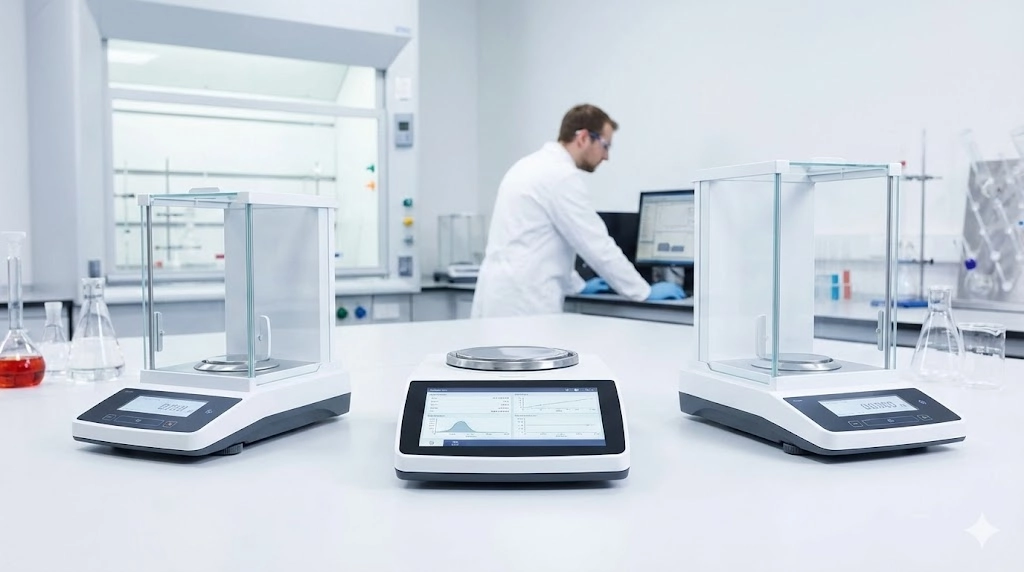
Quick Summary Box
Mettler Toledo MR Series
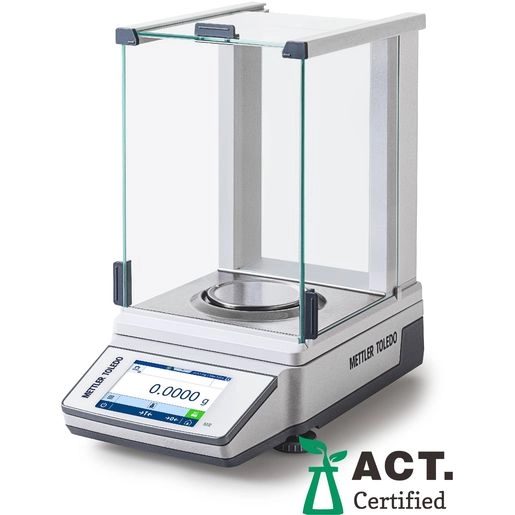
Key Specs
Performance & Applications
Ohaus Pioneer PX Series
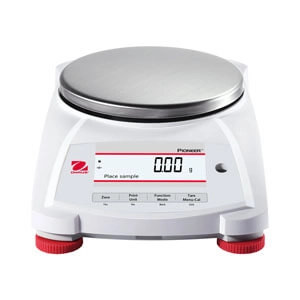
Key Specs
Performance & Applications
A&D Apollo GX-AE Series
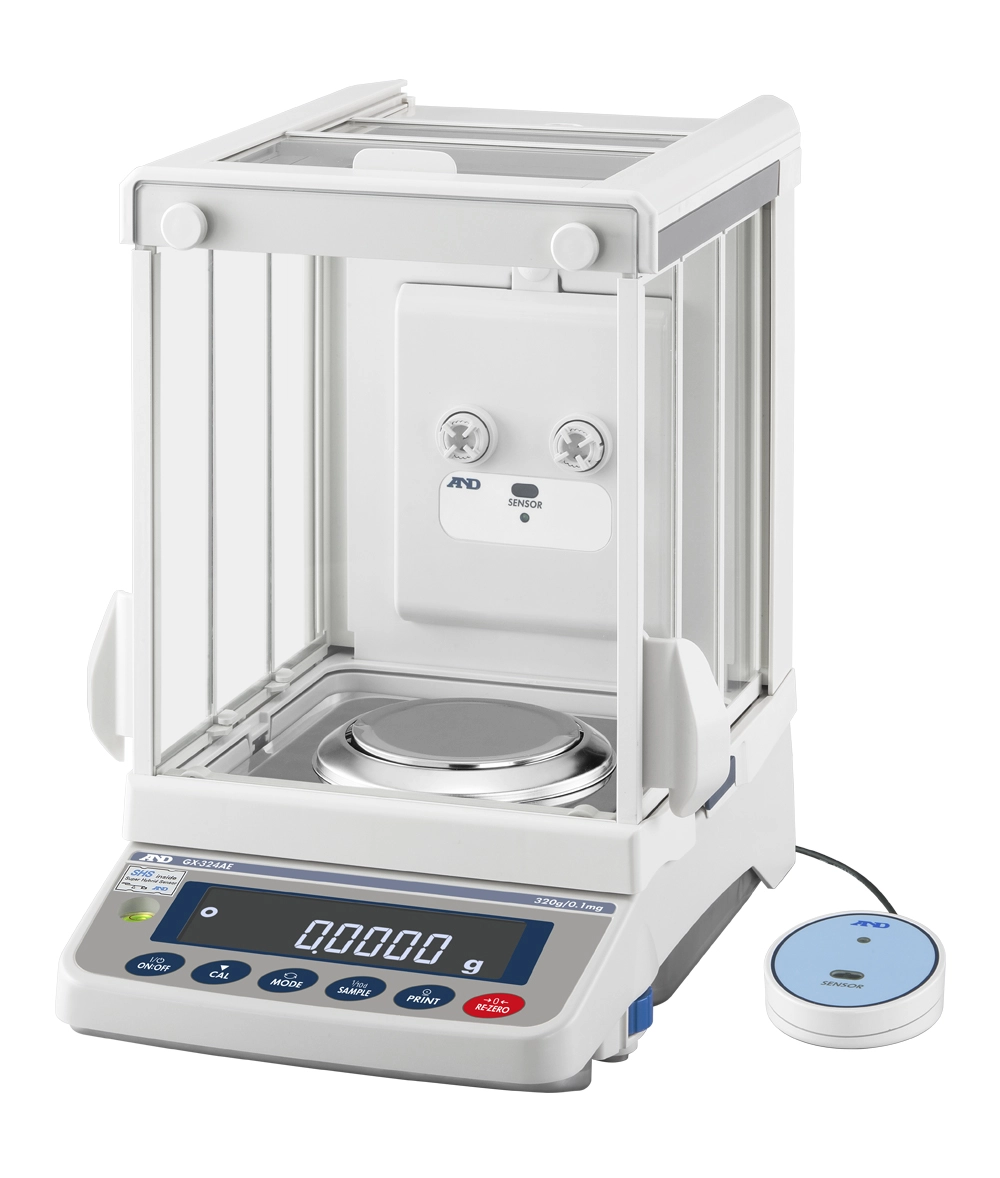
Key Specs
Performance & Applications
Sartorius Quintix Pro
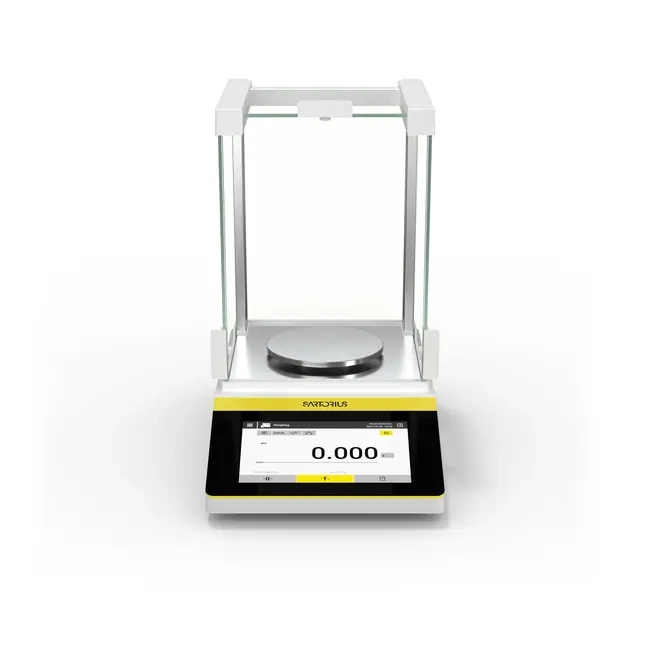
Key Specs
Performance & Applications
Sartorius Cubis II
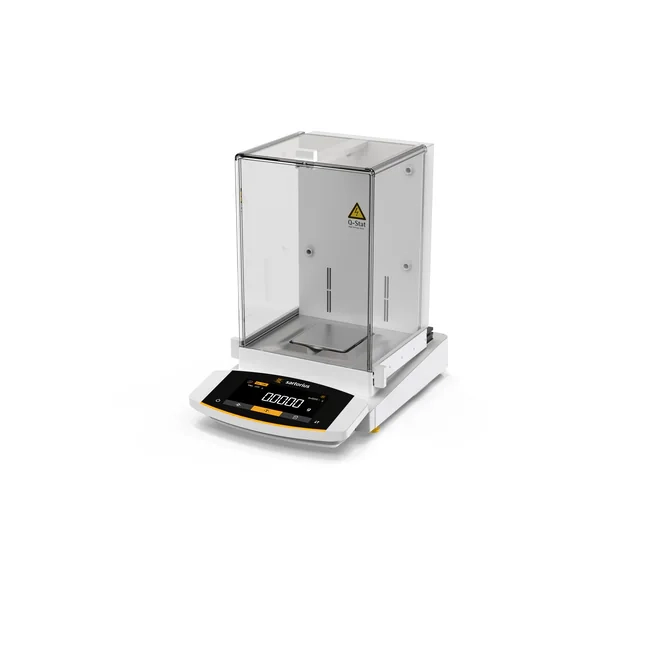
Key Specs
Performance & Applications
Comparison Table
Final Verdict: Choosing the Right Lab Balance for 2026
